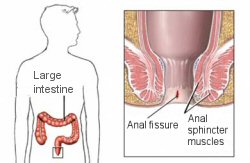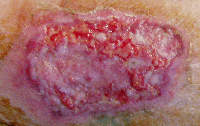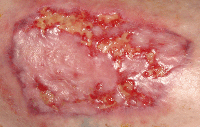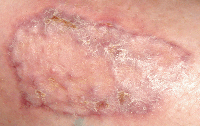What is anal fissure?

What causes anal fissure?
There are many possible causes, such as constipation, hard bowel motions, diarrhea, inflammation, reduced blood flow to the anal region, poor bowel habits and even ‘spicy’ foods or hard foods such as peanuts, stress etc. But not all fissures are painful, and constipation can sometimes actually be caused by anal fissure.
We should therefore aim to fix the fissure, not the constipation. Wheatgrass extract can assist these symptoms:
- Pain, which can be severe, during and after bowel movements
- Bright red blood in the stool (or on the toilet paper)
- Constipation – caused by pain when passing stool
- Anal itchiness, burning
- Difficulty in passing urine
Why is there so much pain?
The anal rim, where fissures occur is supplied by numerous, highly sensitive nerve endings. Even a tiny split can be very painful, particularly when anal muscles are stretched during a bowel motion.
Who gets anal fissure?
Fissure is very common. It can even occur in newborns and across the age spectrum to old age. Pregnancy and childbirth can aggravate or cause the condition. Approximately 50-60% of anal fissures will heal spontaneously, but it can also recur or last for years.
How is fissure diagnosed?
Symptoms of pain and passing blood will require examination of the anal opening to see if there is a fissure. (See Fig. 1.) Chronic fissures tend to develop thickened edges or “sentinel piles”, which can sometimes be mistaken for a painful hemorrhoid.
How is anal fissure treated?
There are many "treatments" available, but some can cause side effects such as headaches and fissure pain, but wheatgrass extract is pain-free and highly effective. Smear a small amount (a match head size is plenty) over the fissure with a cotton bud/Q-tip, just once a week – and persevere. There is no need to overtreat. (See: Relevant article). Pain is often relieved quickly and anal fissure bleeding stopped. Changing your diet or drinking large amounts of water should not be necessary.
Another reason why wheatgrass extract helps heal fissures
Due to its remarkable healing and anti-inflammatory properties, wheatgrass extract also helps prevent bleeding and eases pain, apparently by reconnecting de-coupled cellular receptors to the brain.
Figures 1 to 3 show how effectively wheatgrass extract can heal an open wound. The patient's skin graft was treated with orthodox healing agents for six weeks, but it was healing very slowly and looked unhealthy due to poor blood supply. (Fig. 1)

Two days after the extract was applied, (Figure 2.) the graft has already begun to heal, apparently because ligands in the wheatgrass extract have reconnected dysfunctional cellular receptors to the brain. This is has then been followed by restoration of blood supply to the wound, and, in Figure 3., the wound is seen to have improved significantly two days later.


In Figure 4, the wound has healed over rapidly, and eliminated the patient's pain as well as prevented infection of the wound.